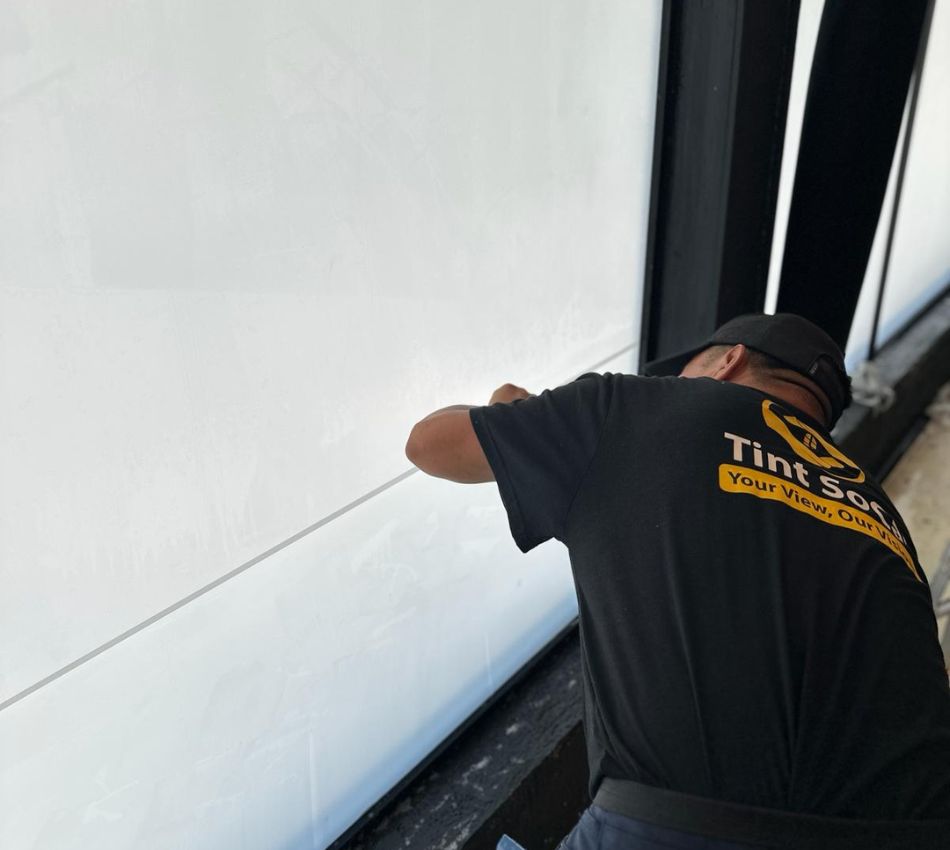Tinting your house windows for privacy is not just about enhancing the aesthetic appeal of your home but also about adding an extra layer of security and comfort. It’s a practical solution to keep prying eyes at bay while allowing natural light to grace your living spaces. In this detailed guide, we’ll walk you through everything you need to know about window tinting for privacy, from the benefits to the step-by-step process, ensuring you can achieve the perfect balance between privacy and natural light.
The Benefits of Tinting Your House Windows for Privacy

Before diving into the “how-to,” let’s explore why tinting your house windows for privacy is a worthwhile investment.
- Enhanced Privacy: The most apparent benefit is the increased privacy. Window tints prevent outsiders from peering into your home, giving you peace of mind and freedom within your space.
- Reduced Heat and Glare: Quality window tints can block a significant portion of the sun’s heat and glare, making your home more comfortable and reducing the need for air conditioning.
- UV Protection: Tints can block harmful UV rays, protecting your skin and preventing your furniture and flooring from fading.
- Energy Savings: By reducing the amount of heat entering your home, window tints can help lower your energy bills.
- Increased Security: Some window tints offer an added layer of security by reinforcing the glass, making it harder to break.
Choosing the Right Type of Window Tint
Selecting the appropriate tint is crucial for achieving your privacy and aesthetic goals.
- Privacy Tints: These tints come in various shades and opacity levels, allowing you to choose how much light you want to let in while keeping your home private.
- Reflective Tints: Reflective tints offer a mirror-like appearance from the outside, providing high privacy during the day.
- Frosted or Decorative Tints: For those looking for privacy without significantly darkening the room, frosted or decorative tints are ideal. They let in light while obscuring the interior view.
Preparation Before Tinting
Proper preparation is key to a successful window tinting project.
- Clean the Windows: Ensure the windows are thoroughly cleaned and dried to prevent any imperfections.
- Measure Your Windows: Accurately measure the windows to know how much tint film you’ll need.
- Gather the Necessary Tools: You’ll need a utility knife, squeegee, spray bottle, and application solution, among others.
Step-by-Step Guide to Tinting Your Windows
- Cut the Film: Cut the tint film according to the size of your windows, leaving a small margin for error.
- Prepare the Application Solution: Mix water with a few drops of baby shampoo in a spray bottle. This solution will help in positioning the film.
- Apply the Film: Peel off the film’s backing and spray the sticky side with the solution. Apply the film to the window, starting from the top.
- Smooth Out Bubbles: Use a squeegee to smooth out any bubbles and ensure the film adheres properly to the glass.
- Trim the Edges: Carefully trim the excess film using a utility knife for a clean finish.
Maintenance and Care for Tinted Windows
- Cleaning: Use a soft cloth and a mild detergent. Avoid abrasive tools that can scratch the film.
- Longevity: Quality window tints can last up to 10 years or more with proper care.
Frequently Asked Questions
Can I tint my house windows myself, or should I hire a professional?
Tinting windows is a manageable DIY project, but for large or complex windows, considering a professional might be beneficial for a perfect finish.
How long does it take for window tint to dry?
It can take anywhere from a few days to a month for the window tint to fully cure, depending on the climate.
Is window tinting legal?
Yes, but there may be regulations regarding the level of tint, especially for certain areas or types of buildings. Always check local laws first.
Can window tint be removed?
Yes, window tint can be removed, but the process can be tedious. It involves heating the film and slowly peeling it off.
Does window tint provide privacy at night?
Reflective and darker tints may provide some privacy at night, but if interior lights are brighter than the exterior, visibility from outside can increase.
Conclusion
Tinting your house windows for privacy is a smart and effective way to enhance your home’s comfort, security, and energy efficiency. By following this comprehensive guide, you can choose the right tint, prepare adequately, and apply the tint successfully, ensuring lasting privacy and beauty for your home. Whether you opt for a DIY approach or hire a professional, the added privacy and comfort are well worth the effort.






